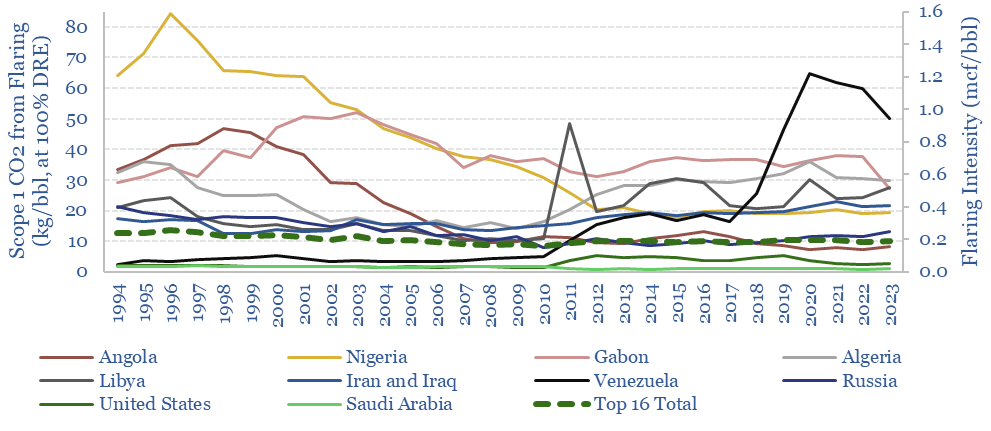
…methane slip. https://thundersaidenergy.com/2023/02/23/flaring-reduction-fire-extinguishers/ Industry-leading countries, with the lowest flaring include Saudi Arabia and the US. Saudi Arabia has flared 0.02 mcf/bbl over the past half-decade. The US has flared 0.06…
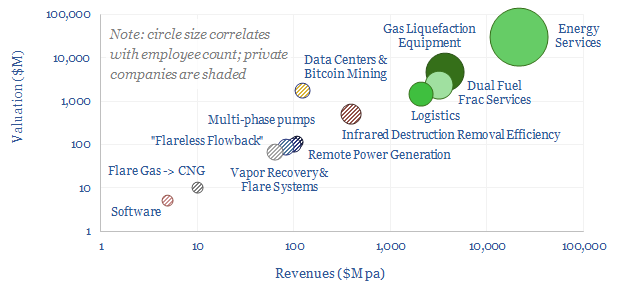
This data-file is a screen of companies that reduce gas flaring emissions, either by avoiding routine flaring directly, or by reducing the ESG impacts of unavoidable flaring. The landscape is…
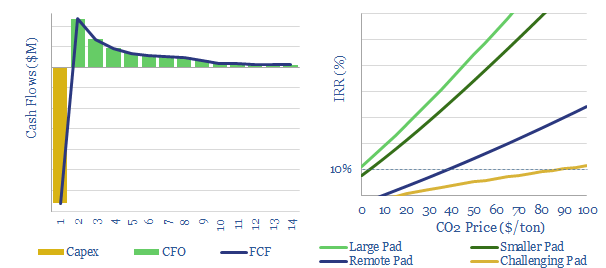
c150bcm of gas was flared globally in 2019, including 15bcm in the United States, which emitted 30MT of CO2-equivalents. This data-file simplifies the economics of flare gas capture, by gathering…
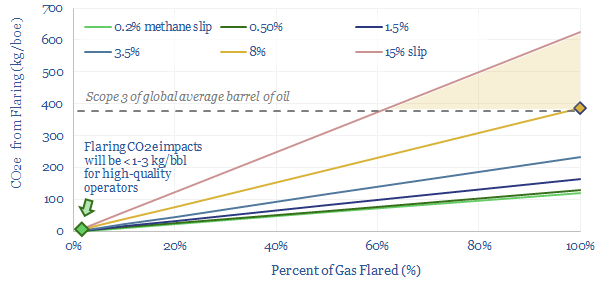
…biggest challenge is to mitigate flaring outside of the US, Canada and Europe, which themselves account for 8% of global flaring, and <5% of the global CO2e from flaring. Clearly…
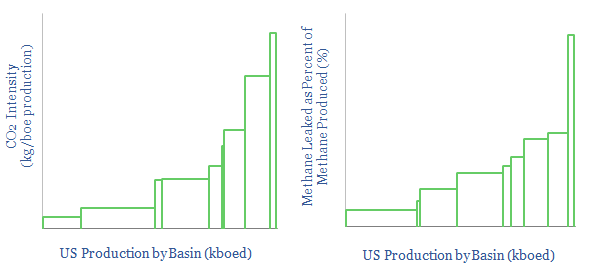
…2021) and a flaring intensity of 0.024 mcf/boe (down from 0.028 mcf/boe in 2021). There is a growing controversy over methane slip in flaring, which also means these emissions may…
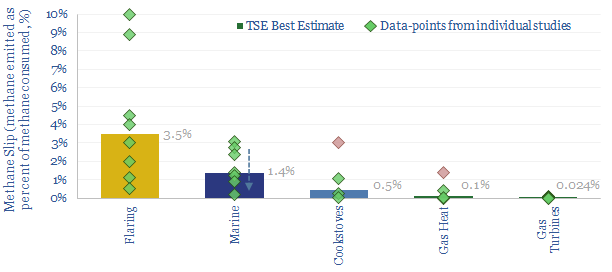
…that methane escapes the flare, or worse, that the flare is blown out, like a kind of environmentally unfortunate birthday cake. Overall the data suggest that reducing flaring (e.g., via…
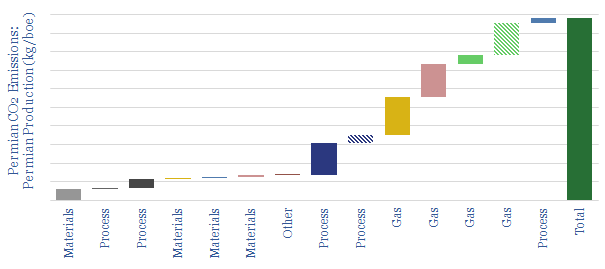
The CO2 intensity of shale oil averages 25kg/bbl, on a Scope 1&2 basis, of which 60% is from gas flaring and methane leaks. This model disaggregates CO2 emissions of shale…
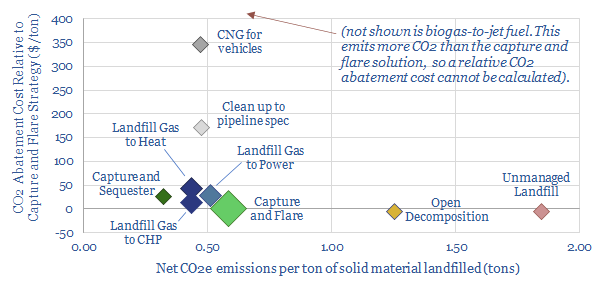
…genuinely incremental. They may simply offtake methane that was being captured anyway or could have been flared at vastly lower cost. This challenge is explored on pages 18-19. Will subsidies…
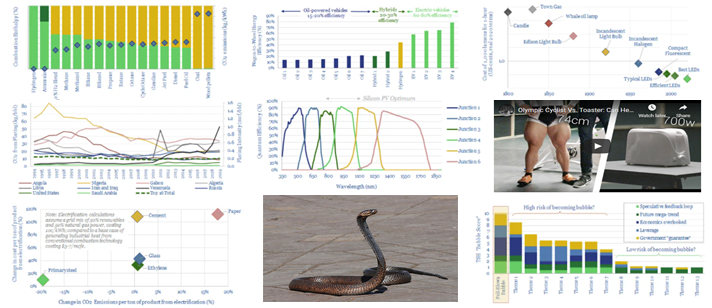
…natural gas flaring, which ran at 122bcm in 2019. To all intents and purposes the useful energy in the gas is being destroyed, as the gas is simply wasted. Again,…
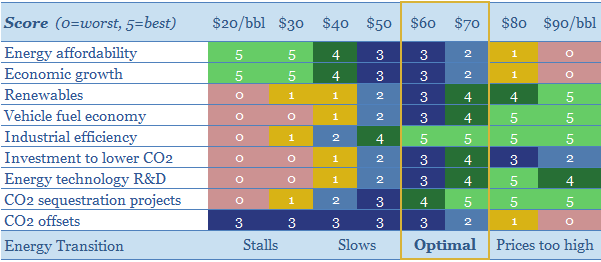
…flaring reductions, CO2 sequestration and new energy R&D. This 15-page note looks line by line through our models of oil industry decarbonization. We find stable, $60/bbl oil is the best…










